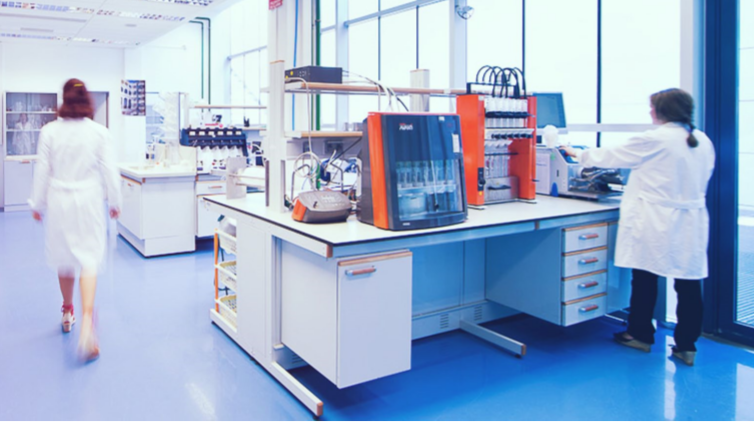Natural extracts
The exploitation of biomass and products of plant origin for obtaining energy dates back to the beginnings of the Industrial Revolution. More than a hundred years ago, the German engineer Rudolf Diesel designed an engine prototype that worked with peanut oil. In 1908, Henry Ford’s first vehicles would work using ethanol, and in the 1930s, Ford himself designed and built a biofuel plant in Kansas that produced about 38,000 liters of ethanol a day using corn as raw material. This product was served in more than 2,000 gas stations in the United States.
The viability of these rendering plants for products of plant origin has always been dependent on the price of fossil fuels and, mostly, oil. Said prices kept at a low level during the first half of the past century, preventing plants from becoming economically viable. These installations have recovered their value due to the various price hikes as well as the concerns for their scarcity during the last third of the 20th century and beginnings of the 21st century.
new
However, energy production is not the only purpose for these products of plant origin. The abundance of certain raw material in a given area or time of year, low prices or excess waste from production processes, stimulate the creation of plants that transform and get a high added value from them.
The common goal for this type of projects is always giving added value to raw materials to become them into new products
Thanks to these installations, not only do we get the highest profit from each raw material, but also the catalog increases to offer the consumers new products. Besides the energy industry, others such as the pharmaceutical industry, food industry – either human or animal –, cosmetics industry, herbal medicine industry, etc. benefit from this product transformation.
This waste re-rendering is one of the main research lines in CARTIF, and from which numerous innovative projects and effective solutions have emerged to gain profitability from the waste produced by companies. The common goal for this type of projects is always giving added value to raw material that, after several treatment processes, transforms into new products.
As for crops such as corn, beetroot or artichoke, their residue may be used as components of a certain medication or for biogas extraction. These new uses are conceived through the modification of processes, in which different technologies are combined often with surprising results.

To this purpose, plants are designed according to the type and capacity of the residue, the quantity of final product to obtain and the working days per year. Once this information is known, the installation is designed. These adapt to the requirements and characteristics of the products that companies want to give value to. However, researchers from CARTIF design multipurpose plants, that is, versatile plants that allow the introduction of any product of the same kind, so that a company does not need dozens of plants to render the different types of green waste it recovers and it can carry out the same process in one plant.
Before the design, it is necessary to make a series of preliminary testing in the laboratory at an intermediate scale. When the required product is obtained from the extract, the plant is designed in industrial size. The laboratory tests aim to attain a product of the highest worth possible on the market.
The laboratory tests aim to attain a product of the highest worth possible on the market
The viability of these plants is measured by three fundamental variables. First, the technical viability, which means that the plant has to function correctly and provide the amount of product for which it was designed; second, the economic viability, by which the minimum requirement is that the return of investment takes up to ten years at most; and last, the environmental variable, meaning that the process is sustainable, that its energy expense is minimum and that it is not aggressive to its surroundings.
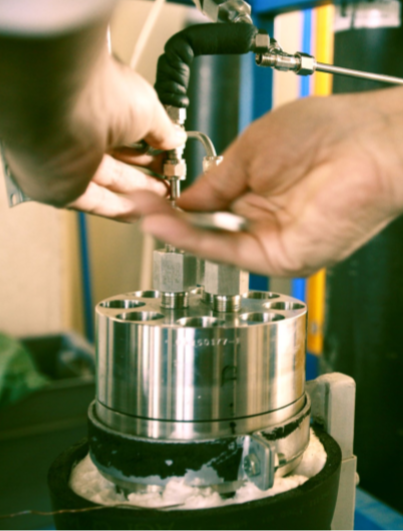
Natural products extraction plant
In this instance, the aim is to carry out a process of extraction of active principles from plant-based raw materials. The capacity of this installation is 12,000 liters of plant extract per day. The raw material it works with is plant residue, of these varieties: angelica, root powder, horsetail or marshmallow.
The raw material goes through a mill and a micronizer that reduces it to dust. For its application into herbal medicine or nutrition, this process is normally enough. However, to extract another row of product, it is necessary to dissolve in water and ethanol in different amounts.
With this process, we obtain natural extracts of high added value on markets such as the pharmaceutical industry, food industry and valorizing companies. The application amount of the resulting product in pills, lotions or food colorings, among others, is a matter of formulation that the company that carries the residue and benefits from the final product is responsible for.
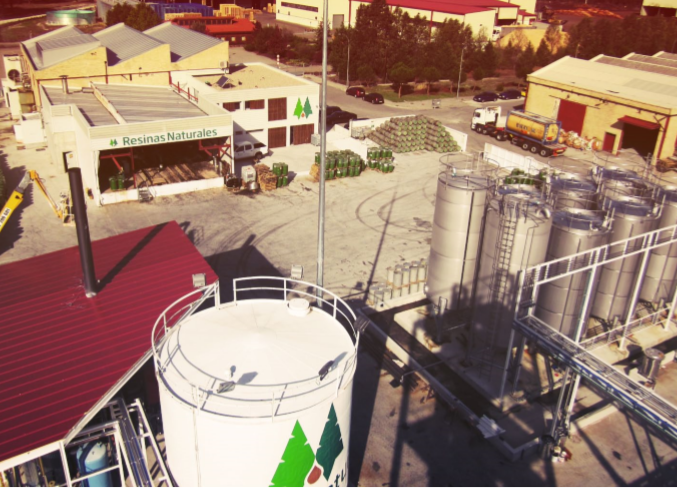
Bioethanol plant or biorefinery
The most striking characteristic of this plant is that it was designed to obtain bioethanol from artichokes, a vegetable that spreads by the division of tubers, such as the potato, but belonging to the sunflower family. Its cultivation is not common in Spain, not even in Europe, but in Central and South America, where the climate is more appropriate.
Ethyl alcohol or ethanol is a chemical product obtained from the fermentation of sugar in raw materials such as the artichoke. This bioethanol can be directly blended with gasoline. In this case, it must be practically absolute, close to a 100% degree of purity.
If it were used unblended as fuel, a 96% degree of purity would be enough, but currently there are not engines adapted to unblended ethanol use in Spain.
This plant allows the production of a totality of 1,000 tons of bioethanol per day for 200 working days, which means 200,000 annual tons of bioethanol. However, in Spain, bioethanol is not such as valued a product by the oil industry as in other countries. While our fuel carries about 2% of bioethanol blend, in countries like Brazil, the quantity of this product exceeds 90%.
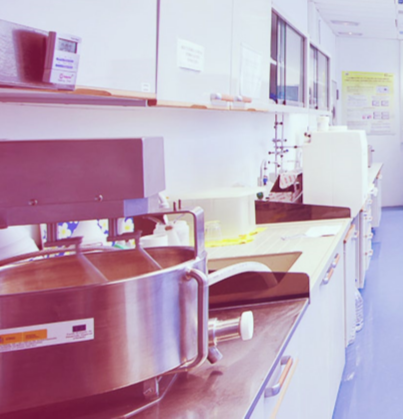
Protein isolates plant
Protein hydrolysates are widely used in food technology for their nutritional or functional properties (solubility, emulsifying capacity, foaming capacity, etc.).
In the plan designed by CARTIF, we extract proteins from high-protein vegetable meals (peas, chickpeas, legumes), and even from agroindustrial waste. This process is performed through three phases: first, the meal is brought to a basic pH that dissolves the proteins; second, it is subjected to a treatment with acid pH so it precipitates, meaning that the proteins separate from the liquid; and in the last phase, it is put through a process of centrifugation to obtain them.
In regard to this plant, the objective is to create a subproduct with higher protein content than 50%. The purer the obtained product is in protein content, the less quantity is needed so that, for example, fodder for animal fattening is rich in protides.
Innovation in food industry, much more profitable than other economic sectors
In the past few years, innovation in processes related to the energy and food industry has become essential. It is a good time to invest in this sector, now that data shows we are facing a global supply crisis. According to a report from the American consulting firm McKinsey about the challenge of meeting the global food necessities, if the current tendency maintains, our calorie needs will increase by 70% and the harvest demand for human and animal consumption will double. Their researchers claim that global investment in the agro-food sector has tripled since 2004, reaching the 100,000 million dollars in 2013, and return rates have shown that said growth was justified: the agro-food industry has been offering an average profitability of 17%, much higher than in other industries.
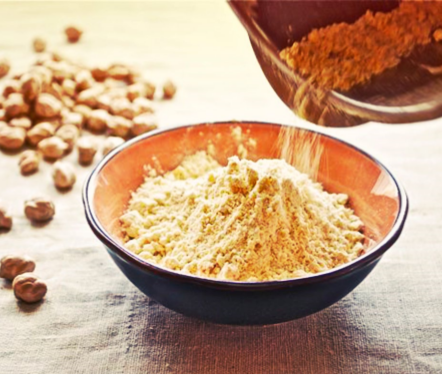
Waste recovery plants resolve many serious problems, related to these supply needs: they recover food waste, reduce the necessary quantity of water to produce food and increase the shelf life of food and harvest-derived products
The processes performed in these plants need their degree of innovation to be constantly growing so that they become as efficient and viable as possible.
The processes perfomed in these plants need their degree of innovation to be constantly growing so that they become as efficient and viable as possible
Commercial solutions are not enough, as each industry may consider obtaining new products from their raw material and waste. In recent years, the CARTIF research team has created products that range from cosmetic products using peel and grape seeds, to fodder for animal fattening using legume flour, or food pigment and coloring using tomato skin. In conclusion, a wide range of possibilities to reduce waste, exploit the capacity of secondary raw materials and offer new quality products in an increasingly demanding marke
